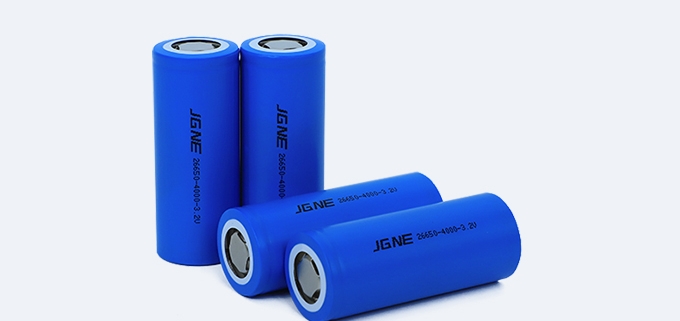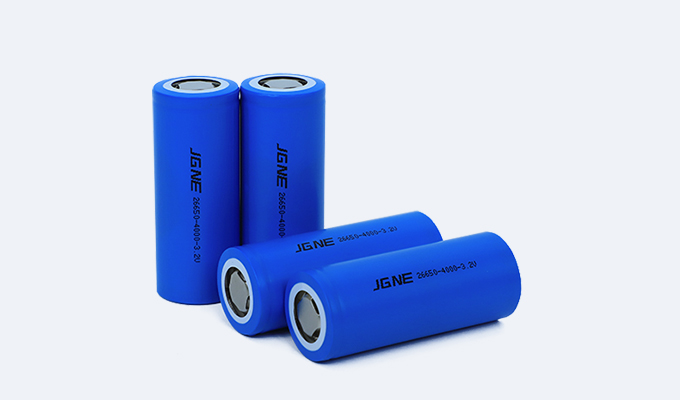Powering the Future: The Role of Lithium-ion Batteries in Renewable Energy Integration
-
- Lithium-ion Battery Manufacturing and Distribution
- The Role of Lithium-ion Batteries in Renewable Energy Integration
- Grid Stabilization and Load Shifting
- Household Energy Storage Solutions
- The Rise of Residential Solar-Plus-Storage Systems
- Commercial Energy Storage Systems
- Industrial Energy Storage Solutions
- Advancements in Lithium-ion Battery Technology
- Empowering Renewable Energy with Innovative Lithium-Ion Batteries
The global shift towards renewable energy is crucial for combating climate change and advancing towards a sustainable future. A key challenge in this transition is effectively storing and managing fluctuating energy from sources like solar and wind. Enter lithium-ion batteries, with their impressive energy density and efficiency, playing a pivotal role. In this comprehensive piece, we’ll delve into the integral role of lithium-ion batteries, including lithium iron phosphate battery, in renewable energy integration, examining their use from households to industries, discussing technological innovations, and addressing environmental sustainability.
Lithium-ion Battery Manufacturing and Distribution
The lithium-ion battery industry thrives due to increasing demand for electric vehicles and energy storage. With manufacturing hubs worldwide, lithium-ion batteries are energy landscape mainstays. From material sourcing to cell assembly, battery pack production involves intricate processes requiring diverse expertise. Raw materials like lithium, cobalt, nickel, and graphite drive the industry, pushing for more sustainable sourcing methods.
The Role of Lithium-ion Batteries in Renewable Energy Integration
Renewable energy sources fluctuate naturally, but lithium-ion batteries provide a solution by storing excess energy for distribution when needed. They stabilize power grids, storing excess energy, providing backup power, and balancing supply and demand.
Grid Stabilization and Load Shifting
Lithium-ion batteries, including lithium iron phosphate batteries, contribute significantly to grid stabilization and load shifting. With their rapid response capabilities, they swiftly address disruptions, ensuring grid stability. Moreover, these batteries enable load shifting by efficiently storing electricity during off-peak periods and releasing it during peak demand, thereby optimizing grid operations and enhancing overall energy efficiency.
Household Energy Storage Solutions
Rising demand for off-grid and backup solutions fuels household energy storage system (ESS) markets. Lithium-ion batteries allow homeowners to store excess solar or grid energy for outages or peak times.
The Rise of Residential Solar-Plus-Storage Systems
Residential solar-plus-storage systems represent a burgeoning trend in sustainable energy solutions. By combining lithium-ion batteries with residential solar installations, these systems optimize solar power utilization, thereby reducing reliance on the traditional grid and moving towards potential energy independence. This innovative integration allows homeowners to maximize the consumption of solar energy generated on-site, storing excess energy for later use during periods of low sunlight or high demand. Additionally, solar-plus-storage systems offer enhanced resilience against grid outages, ensuring continuous power supply even during adverse conditions. As renewable energy technologies continue to advance and costs decline, the adoption of residential solar-plus-storage systems is expected to accelerate, driving the transition towards a cleaner and more sustainable energy future.
Commercial Energy Storage Systems
Across diverse industries, the commercial sector’s need for energy storage solutions continues to grow. From small businesses to large enterprises, these entities require systems capable of handling significant loads and maintaining substantial reserves. Lithium-ion batteries are at the forefront of meeting these demands, supporting various functions such as peak power shaving, demand response, and enhancement of power quality. With their versatility and efficiency, lithium-ion batteries play a vital role in ensuring the reliability and efficiency of commercial operations while contributing to the transition towards a more sustainable energy landscape.
The development of modern air duct cleaning technology has brought tremendous progress. Efficient mechanical cleaning equipment can quickly and thoroughly clean the air duct, greatly improving cleaning efficiency. Laser technology and drone cleaning technology are more advanced and can accurately clean hard-to-reach areas while reducing labor input and the use of cleaning agents. Compared with traditional methods, these modern technologies are not only more efficient, but also reduce environmental pollution and improve work safety.
Cost, scalability, regulations, and technology present significant challenges to energy storage adoption. Overcoming these barriers through innovation and policy support is crucial for realizing a renewable future. As a vital component in renewable energy integration, lithium-ion batteries, supplied by reputable lifepo4 battery suppliers, drive the transition to a cleaner and more sustainable energy landscape. Continued innovation, responsible sourcing, and seamless integration of these batteries will solidify their pivotal role in shaping our future energy infrastructure. For high-quality lithium-ion batteries from a reputable lifepo4 battery supplier, consider partnering with manufacturers like Golden Cell Power. Learn more about their solutions at https://www.goldencellpower.com/



